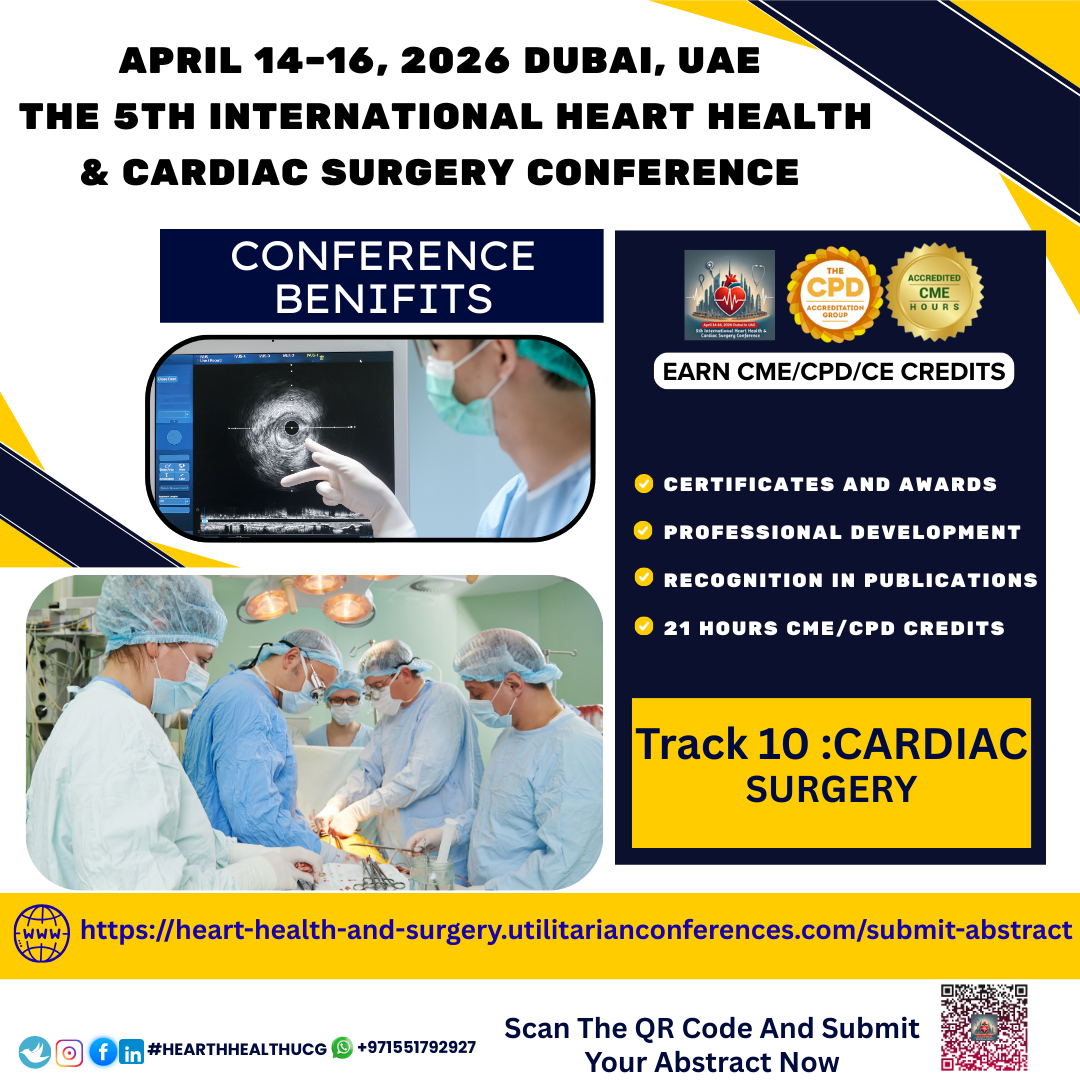



Heart Health is a broad and essential topic that refers to maintaining the...

Cardiovascular diseases (CVDs) are the leading cause of death globally,
claiming an estimated 17.9...

Cardiac surgery—also known as heart surgery—is a critical branch of medicine that deals with surgical procedures on the heart and major blood vessels. With heart disease remaining one of the leading causes of death globally, cardiac surgery has become a vital intervention that saves and extends countless lives.
In this blog, we’ll explore what cardiac surgery involves, common types of procedures, when it's needed, and what patients can expect before, during, and after surgery.
What Is Cardiac Surgery?Cardiac surgery refers to any surgical procedure performed on the heart or the great vessels by cardiac surgeons. These procedures are most often performed to treat complications of heart disease, correct congenital heart defects, or treat valvular heart disease caused by various infections or aging.
Common Types of Cardiac SurgeryOften referred to as a “bypass surgery,” CABG is performed when the coronary arteries are blocked or narrowed. Surgeons use a healthy blood vessel from another part of the body to bypass the blocked
artery, improving blood flow to the heart.
The heart has four valves, and sometimes these valves can become damaged or diseased. Surgeons may repair the valve or replace it with a mechanical or biological substitute.
In end-stage heart failure, a heart transplant may be the only option. This involves replacing a failing heart with a healthy donor heart.
An aneurysm is a weakened area in the wall of an artery. Cardiac surgery can repair aneurysms in the aorta, the body’s main artery.
Surgery can correct heart defects present from birth, such as holes in the heart walls or malformed valves.
Non-surgical treatments like medication and lifestyle changes are no longer effective. There’s severe blockage or damage to the coronary arteries or valves.
There's a life-threatening heart rhythm disorder
or structural abnormality.
There's a need to repair or replace damaged heart tissues after a heart attack.
Mental and physical preparation is also key. Patients are advised to stop smoking, manage blood sugar levels, and maintain a healthy weight. Emotional support and counseling may also be recommended.
Cardiac surgery may be open-heart (requiring a chest incision and use of a heart-lung machine) or minimally invasive (using smaller incisions and specialized instruments). The type of surgery depends on the patient’s condition and overall health.
Anesthesia is used throughout the procedure, and the surgery can last several hours. Patients are closely monitored in the intensive care unit (ICU) post-operation.
Recovery and Aftercare Recovery times vary depending on the surgery type and patient condition. Generally:
Hospital stay: 5–7 days Return to normal activities: 6–12 weeks Cardiac rehabilitation: Often recommended to help regain strength and monitor progress
Follow-up visits, medication adherence, a
heart-healthy diet, and regular exercise are essential to long-term recovery.
Modern cardiac surgery has greatly advanced ,with techniques like robotic-assisted surgery, 3D imaging, and transcatheterprocedures reducing risk and improving outcomes. Minimally invasive and hybridprocedures offer faster recovery and less pain.